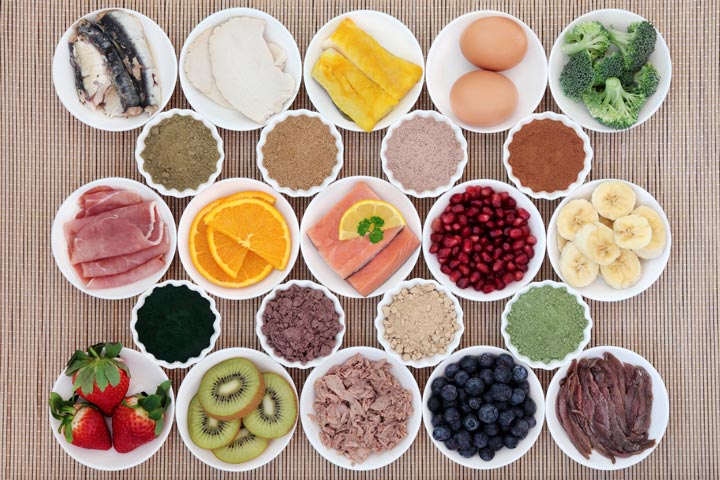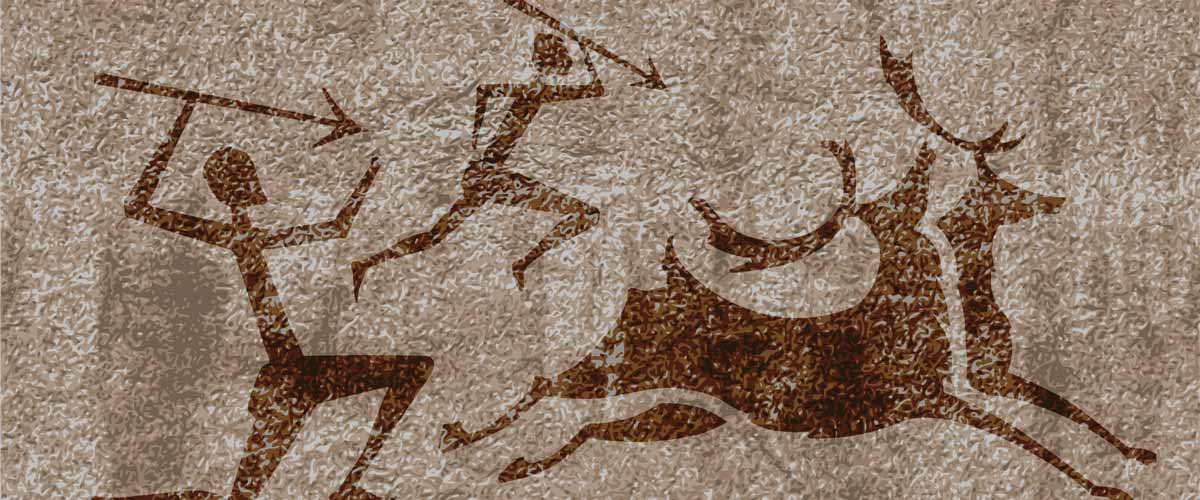Over the past few years there seems to be have been a lot of hype around eating habits similar to that of the cavemen. This diet, known as the Paleo diet is a protein heavy, low carb diet that has been around forever, but is now extremely common and seems to be the new diet fad. Like any diet, there are many fans and critics, but here is some more information about what it is, and the pros and cons, to help you better decipher whether or not this diet may be right for you.
Theory Behind the Diet
During the Paleolithic Era, primitive people survived on meat, fish, fruits, and vegetables that did not contain growth-stimulating antibiotics or hormones. Toxins were introduced into the food chain about ten thousand years ago which many people feel have been the reasoning behind cancer and illness. The goal of the diet is for people of our century to eat the way primitive people ate about two million years ago. It is estimated that the Paleolithic people got 35% of their calories from fats, 35% from carbohydrates, and 30% from protein.

Modern Foods You’re Giving Up
With the paleo diet you should avoid foods that are in a jar, box, or bag – pretty much any foods not consumed back then. This means no added salt, legumes, dairy, or grains. Alcohol and honey should also be avoided but red wine is considered the closest paleo drink if you cannot give up alcohol completely.
Risks and Disadvantages
- Many experts do not agree on the benefits of the Paleo diet
- Although our ancestors did not suffer from many of the chronic diseases we do, we can’t pinpoint the reasoning on the foods they ate
- Paleo should mostly consist of fruits and vegetables – but many people don’t realize this and eat too much protein and not enough carbs
- Too much protein can cause kidney damage and increase your risk of osteoporosis
- Meats today are higher in saturated fat, increasing the risk of heart disease
- Many of the paleo’s banned foods are good for you
- Nutrients in whole grains, dairy, and legumes can all lower the risk of cardiovascular disease, risk of osteoporosis, reduce blood pressure, and help keep a healthy weight
- Cutting dairy (the primary source of calcium and vitamin D) can be especially worrisome for women who want to avoid osteoporosis
- Paleo takes a lot of planning and prep time
- Going on and off the diet can lead to weight gain
- Foods are often more expensive
Benefits
- More likely to eat clean as your diet doesn’t consist of additives, preservatives, or chemicals
- Eating more red meat will give you more iron
- Your diet consists of more protein and fats so you will most likely feel more full between meals and have less of an urge to snack
- Many people lose weight primarily due to the limited food choices
- Stresses the importance of organic, raw, grass-fed, and non-GMO foods
- The Paleo diet has a large community that brings many people together
- The diet gives relief to those with undiagnosed celiac disease, gluten, and wheat intolerance or sensitivities
- Reduces risk of disease with the excess intake of free sugars
With any diet or fad there are going to be people that agree with it and those that don’t. Going through all the pros, cons, scientific articles, and success stories will give you a lot of helpful information you need before trying out the diet. Nothing is better than actually trying it out for yourself, you will be able to conclude on whether or not you feel healthier and more energized once you give the diet a month or two month test period.





